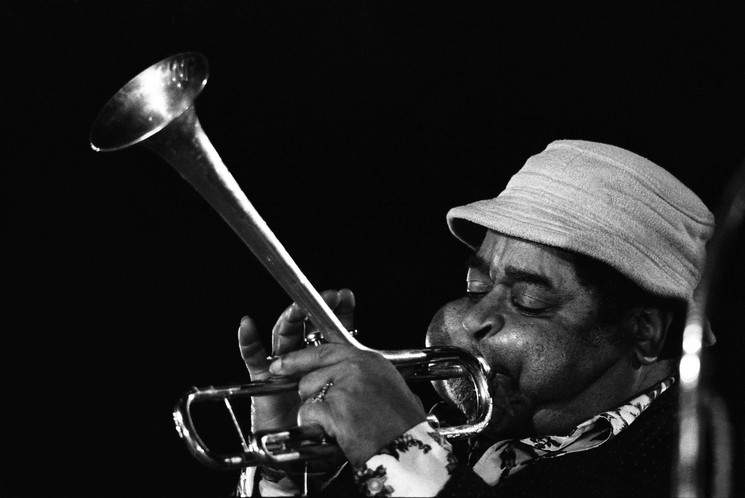Introduction to "A Night in Tunisia"
A profound testament to the power of music, "A Night in Tunisia" remains one of the most influential pieces in jazz history. This track, composed by the legendary Dizzy Gillespie in the 1940s, masterfully captures the essence of the era while transporting listeners to a different land and time.
Cultural and Historical Context of this 1940s Song
The origins of this song are rooted in Gillespie's fascination with Afro-Cuban music, a significant influence on many of his works. "A Night in Tunisia" is a testament to the cultural exchange between America and Africa, reflecting the burgeoning interest in African rhythms and melodies in the 1940s. Its unique blend of jazz harmonies with exotic scales and rhythms became a genre-defining characteristic of bebop, making a tremendous cultural impact.
An Interesting Fact about "A Night in Tunisia"
One intriguing fact about this piece lies in its title. While the track doesn't incorporate traditional Tunisian music, Gillespie chose the title to evoke the sense of mystery and allure he associated with Africa. The title "A Night in Tunisia" is thus a metaphorical invitation to a musical journey, rather than a literal one.
Cover Versions of this Iconic Dizzy Gillespie Track
As testament to its enduring appeal, "A Night in Tunisia" has inspired countless cover versions by artists across various genres. Jazz luminaries such as Charlie Parker and Miles Davis have offered their interpretations, while the song also found a home in the repertoires of pop artists like The Manhattan Transfer and Patti Austin. These cover versions each add a unique spin, keeping the spirit of this classic alive.
The Ongoing Relevance of "A Night in Tunisia"
Today, more than seven decades after its creation, "A Night in Tunisia" remains a staple in the world of jazz and beyond. The track's innovative fusion of Western and African musical elements continues to inspire, reflecting the universal and enduring appeal of Gillespie's music. Whether through cover versions or reinterpretations, the cultural impact of this 1940s song continues to resonate in contemporary music, affirming its status as a timeless classic.



Comments (0)